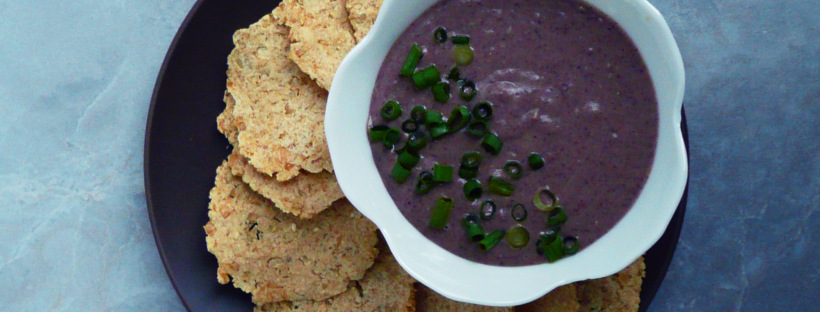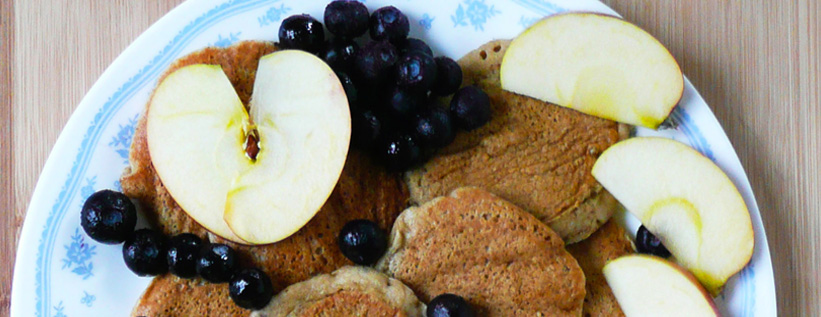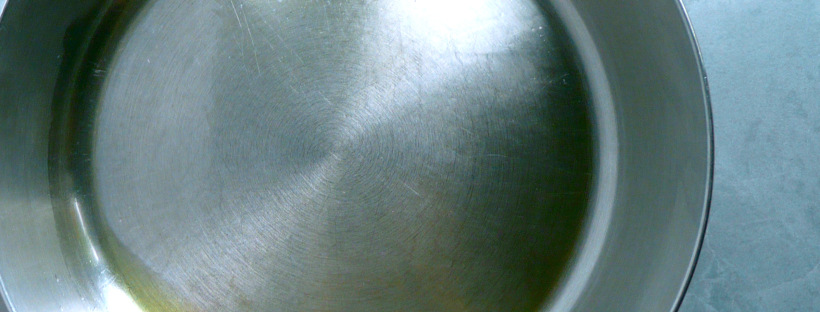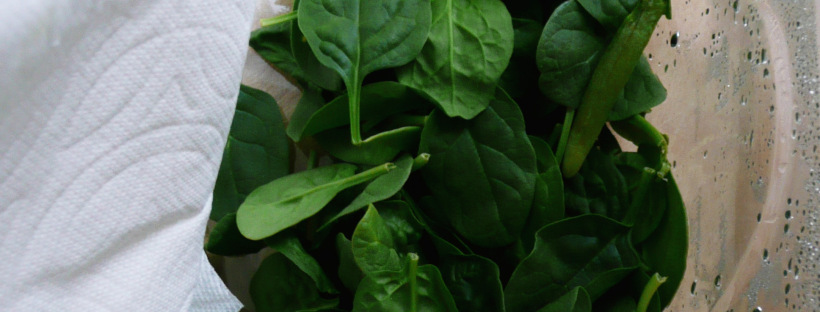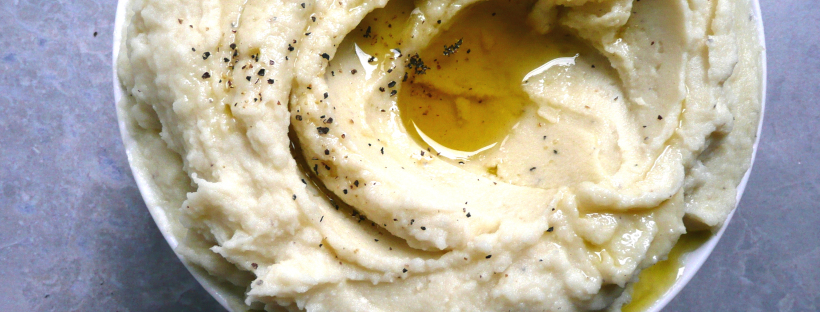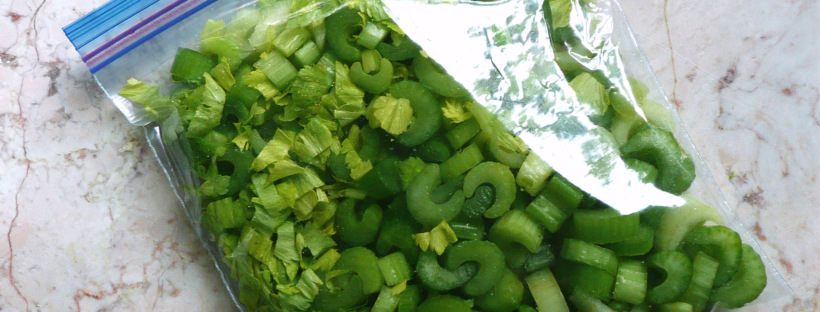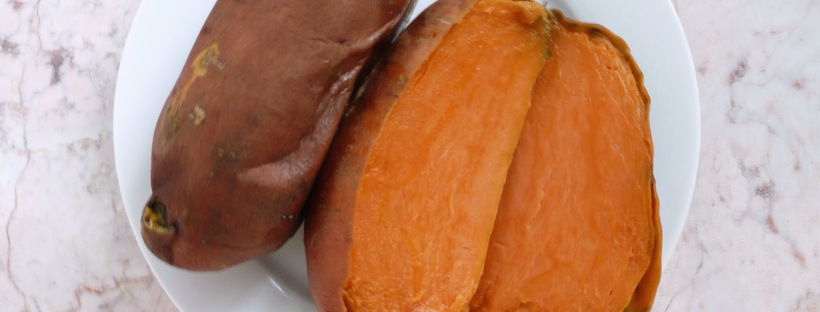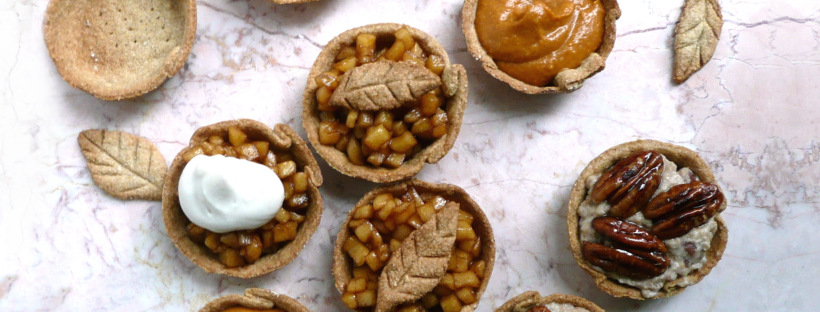A nice easy dip to have on hand for Superbowl Sunday - this dip is bright and creamy, and takes just minutes to make.
Category: Basics
The Very Best Gluten Free Pancakes – Oat Flour, Vegan and Egg Free Friendly, Dairy Free
This is THE gluten-free pancake recipe that you've been searching the internet for! A delicious, simple, and thrifty recipe for gluten-free, dairy free, refined sugar free pancakes made with oat flour. Egg-free and Vegan Friendly.
How to Make a Stainless Steel Pan Non-stick (non-toxic)
A super easy and non-toxic way to make a temporary non-stick coating on you stainless steel pan.
How to Keep Baby Spinach Fresh for Longer
A super easy trick to make your baby spinach last as long as possible in your fridge.
Amazing Mashed Potatoes – The Best Vegan Mashed Potatoes Recipe – Dairy Free, Vegan
I first made these last year. I wanted super creamy, buttery rich mashed potatoes without any of the dairy. These definitely fit the bill. They were unbelievably good, and I hope that you love them as much as I do.
What To Do With Leftover Celery
I don’t often cook with a lot of celery, and I always seem to have some leftover this time of year after making stuffing and gravy.
Roasted Sweet Potatoes
Roasted sweet potatoes are surprising versatile and super simple to make.
Mini Pie Crusts – Dairy Free, Gluten Free, Vegan
These tart shells are so cute and so full of possibilities! They can be filled with just about anything, and on their own they sort of taste like fortune cookies, or the waffle cones, but not quite as sweet. I snacked on a bunch of them while I was testing this recipe.
